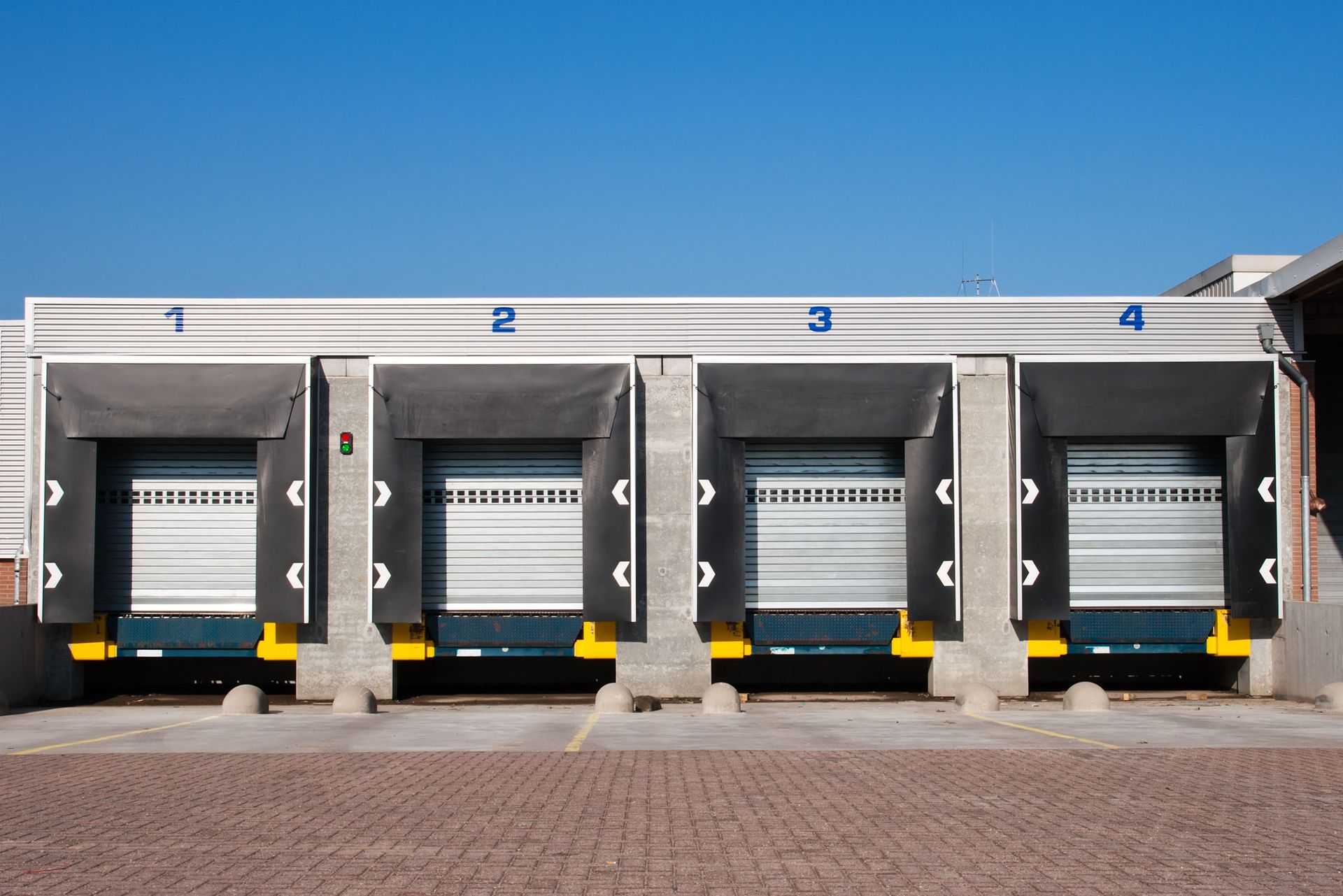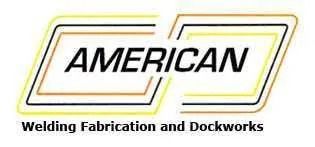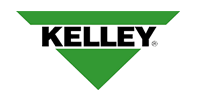October 23, 2025
Operational efficiency in warehouses is critical for ensuring the smooth movement of goods and the overall productivity of logistics operations. One of the most important components in maintaining this efficiency is the functionality of loading bays. These areas serve as essential hubs where goods transition between storage and transport, and any disruptions can ripple throughout the supply chain. Timely loading bay repairs are not merely a maintenance concern—they are a strategic investment in preventing costly downtime and maintaining consistent operational performance.
Explain the Role of Loading Bays in Warehousing
Loading bays serve as critical interfaces between warehouses and transportation vehicles, facilitating the efficient loading and unloading of goods. Their design ensures a smooth flow of materials in and out of storage areas, which is essential for maintaining operational productivity. Properly functioning bays minimize vehicle idle time, reduce logistical bottlenecks, and enhance overall workflow. When warehouses maintain optimal loading bay performance, the speed and reliability of supply chain processes are improved, directly benefiting delivery schedules and customer satisfaction.
The components of a loading bay—including dock levellers, seals and shelters, and vehicle restraints—each contribute to safe and efficient operations. Dock levellers bridge height differences between the warehouse floor and vehicles, allowing for smooth material handling. Seals and shelters protect goods from environmental damage, while vehicle restraints stabilize trucks during loading and unloading. Together, these elements ensure that goods are handled efficiently and safely. Effective bay design also accommodates various vehicle sizes, streamlines worker activity, and supports ergonomic practices, minimizing strain while sustaining the pace of operations.
Beyond daily functionality, loading bays act as key links in the supply chain. Any delays at this stage can cascade through distribution networks, leading to missed deliveries and inventory imbalances. According to ReAnIn, nearly 65% of facilities have adopted modern loading platforms as businesses invest in advanced solutions to reduce downtime and enhance workflow and safety standards. By maintaining functional, well-designed loading bays, warehouses support consistent throughput, preserve service quality, and protect economic performance.
Identify Common Issues with Loading Bays
Regular use inevitably leads to wear and tear on loading bay components. Mechanical parts, such as hinges, springs, and tracks, can degrade over time, and neglecting these issues can lead to operational failures. Promptly replacing or repairing worn components helps ensure uninterrupted loading and unloading activities, maintaining both efficiency and safety standards. Routine inspections allow facilities to anticipate potential failures before they escalate.
Dock levellers are particularly critical for bridging height differences between trucks and loading bays. Hydraulic failures or mechanical jams can disrupt operations and create delays. Proactive monitoring, maintenance, and calibration prevent small issues from becoming costly problems, ensuring the safe and efficient transfer of goods.
Seals and shelters also require careful attention. Deterioration can result in water or air leaks, compromising climate control and potentially damaging stored goods. Similarly, electrical systems that power lighting, dock levellers, and intercoms are susceptible to faults. Regular inspections and preventative maintenance are vital to avoid sudden failures that could halt operations. Environmental factors, including weather and temperature extremes, can further affect bay structures, making protective coatings and maintenance schedules essential for preserving equipment longevity and operational efficiency.
Analyze the Consequences of Delayed Loading Bay Repairs
Delaying repairs can have immediate and long-term repercussions. Downtime from malfunctioning loading bays disrupts workflow, creating bottlenecks where trucks wait idly. This leads to lost productivity, increased labor costs, and reduced throughput. Timely loading bay repairs prevent these setbacks and help maintain consistent operational efficiency.
Minor issues left unaddressed often escalate into major problems, requiring more extensive and expensive repairs. Proactive maintenance saves money over time by addressing defects early. Additionally, delayed repairs pose serious safety risks. Faulty bays can lead to accidents, injuries, or equipment damage, all of which affect employee morale and the integrity of goods handled. Businesses that prioritize maintenance protect both their workforce and their assets.
Operational disruptions also threaten a company’s reputation. Delayed deliveries frustrate customers and can result in lost business opportunities. Inefficiencies at loading bays can ripple throughout the supply chain, disrupting inventory management and delivery schedules. By maintaining loading bay functionality, businesses uphold reliability and ensure smooth operations, reinforcing trust with clients and partners.
Demonstrate the Benefits of Timely Repairs and Maintenance
Timely loading bay repairs enhance operational efficiency by keeping all equipment in optimal condition. Smooth, uninterrupted workflows reduce idle time for personnel and vehicles, increasing overall productivity. As warehouses are central to supply chain performance, efficient loading bay operations ensure that goods move swiftly from storage to transport, supporting timely deliveries and customer satisfaction.
Investing in regular maintenance and prompt repairs also offers long-term cost savings. Addressing minor defects prevents expensive emergency repairs and reduces downtime-related losses. Planned maintenance schedules create predictable expenditures, improving budgeting and resource management. Safety benefits are equally important.
Consistent maintenance strengthens brand reputation. Companies known for timely deliveries and reliable logistics earn client trust and loyalty. Extending the lifespan of loading bay equipment through proactive care defers replacement costs, maximizes asset utility, and ensures continuous efficiency. By integrating repairs into an overall maintenance strategy, businesses sustain operational performance, protect financial resources, and safeguard customer confidence.
Provide Guidelines for Effective Loading Bay Maintenance
Regular inspections are the foundation of effective maintenance. Scheduled evaluations of all key components—mechanical, structural, and electrical—allow businesses to identify and address potential issues before they escalate. Using high-quality repair materials ensures durability and prevents frequent breakdowns, while trained maintenance personnel enhance the effectiveness of loading bay repairs. Skilled teams equipped with the latest techniques and tools can respond quickly and accurately to emerging problems.
Preventive maintenance strategies, such as preemptive repairs and routine checks, extend equipment lifespan and preserve operational continuity. Partnering with professional service providers further strengthens maintenance programs. External experts provide specialized knowledge, advanced tools, and industry best practices, ensuring that repairs meet the highest standards. Collaborative relationships with professional providers help facilities remain agile and reliable in increasingly complex logistics environments.
Incorporating a culture of continuous improvement within the maintenance team further strengthens operational reliability. Encouraging staff to share observations, report minor issues promptly, and suggest process enhancements fosters proactive problem-solving. This collaborative approach ensures that potential disruptions are identified early, maintenance practices evolve with operational needs, and overall efficiency is continually optimized.
Show Real-World Benefits Through Maintenance Practices
Proactive loading bay maintenance consistently demonstrates its value in preventing disruptions. Facilities that routinely inspect and perform loading bay repairs experience smoother daily operations, with fewer interruptions in loading and unloading processes. By addressing small issues early, businesses avoid unexpected failures that can halt workflow and compromise safety.
Regular maintenance and timely loading bay repairs also directly impact worker safety and morale. When loading bays are well-kept and fully operational, employees can perform their tasks confidently, reducing the risk of accidents or equipment damage. This sense of reliability and security contributes to a more engaged and productive workforce, supporting overall operational efficiency.
Advanced repair strategies and attention to preventive maintenance enable facilities to maintain a seamless logistics flow. Equipment remains in optimal condition, and minor issues are corrected before they escalate, preventing costly downtime. These practices illustrate how consistent care and timely intervention protect both infrastructure and operational performance, ensuring that goods move efficiently from warehouse to transport.
Investing in ongoing maintenance also supports long-term resilience. Facilities that implement structured repair and upkeep routines find that their loading bays remain reliable under varied conditions. This reliability reduces stress on employees, preserves equipment functionality, and allows operations to adapt smoothly to changes in workflow or demand. Overall, consistent attention to loading bay maintenance proves essential in sustaining safe, efficient, and uninterrupted warehouse operations.
By embracing strategic maintenance programs and investing in advanced technologies, businesses strengthen their operational resilience and competitiveness. Contact us at American Welding, Fabrication, and Dockworks for all your loading bay repairs to ensure long-term success and uninterrupted logistics performance.








